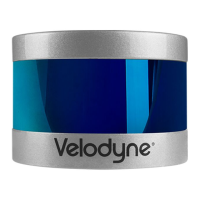Figure 7-7 DB9 Pin-outs (DTE) and USB-to-Serial Adapter
An example of a standard DB9 serial port is shown in
Figure 7-7 above
(a). Because modern computers use USB ports, a
USB to Serial Adapter, as shown in
Figure 7-7 above
(b), will be required. The DB9 connector on the adapter provides a
signal with the proper polarity and voltage levels to connect directly to the sensor’s Interface Box.
After connecting the USB to Serial Adapter to your computer and wiring up a mating DB9 connector (not pictured), you
can complete the connection to your sensor. Remove the cover from the Interface Box and make the following con-
nections to the terminal screw strip in the Interface Box.
DB9 pin 3 to GPS RECEIVE
DB9 pin 5 connects to GROUND
7.4.4.3 Connecting to a microcomputer’s UART
In other situations, you may wish to source NMEA messages from a microcomputer such as a Raspberry Pi or Arduino,
instead. The native signal coming from the microcomputer’s UART will have incorrect polarity. In this instance, invert the
signal using a 7404 hex inverter chip or equivalent circuitry. To connect to the sensor, remove the cover from the Interface
Box and connect the appropriate leads to the GPS RECEIVE and GROUND connections on the terminal strip.
Figure 7-8 on the next page
shows a signal directly from a Raspberry Pi UART output and
Figure 7-9 on the next page
shows the same output inverted into a signal compatible with your Velodyne sensor.
Chapter 7 • Sensor Inputs 45

